Nutritional assessment shows adequate growth, survival, FCR and enhanced EPA levels
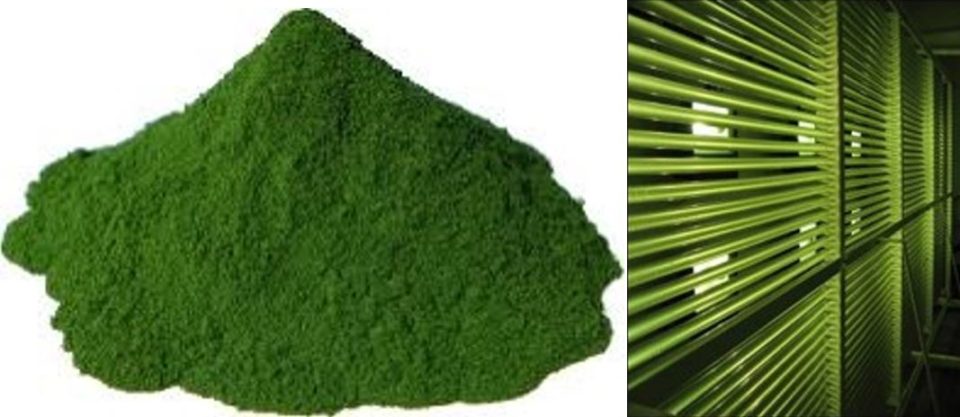
Aquaculture growth has resulted in increased demand for feeds that traditionally depended greatly on fishmeal and fish oil as the main source of protein and lipids, but these supplies are finite. On a positive note, there are already several choices of protein substitutes on the market, including animal byproducts and plant proteins.
However, very few resources contain the long chain polyunsaturated fatty acids eicosapentaenoic acid (EPA) and docosahexaenoic acid (DHA). Without the DHA and EPA in aquafeeds, the end products would also lack these long chain omega-3 fatty acids, an important nutritional element of fish and seafood for humans.
Freshwater algae like Chlorella and Spirulina seem to have good potential as protein sources, whereas marine microalgae such as Nannochloropsis, Tetraselsmis or the heterotroph Schitzochytrium are the fundamental sources of EPA and DHA. As fish oil supply is limited, marine algal biomass is being considered as one of the alternative ingredients of the future.
This study examined the efficacy and nutritional properties of the marine alga Nannochloropsis salina as a feed ingredient using tilapia (Oreochromis niloticus) as a model species. Nannochloropsis was chosen because it contains both favorable protein (43 percent) and lipid levels (16.6 percent) with a high content of EPA (16 percent of total lipid).
Experimental setup
Genetically male Nile tilapia (GMT) sourced as fry and raised at the Centre for Sustainable Aquaculture Research at Swansea University were used for the trial. The trial was set up indoors as part of a freshwater recirculation system, which included mechanical and bio-filtration units, a protein skimmer and a sand filter. Water temperature was kept at 27 degrees-C and photoperiod was set at 12 hours of light daily. Temperature and dissolved-oxygen levels were measured daily, while total ammonia nitrogen, nitrite, nitrate and pH were measured weekly.
A total of 15 tilapia (12.8 grams per fish) were stocked into each of 12 tanks, with three replicates per treatment. Feeds were formulated to contain 35 percent protein and 13 percent lipid in such a way that both protein and lipid in a dietary treatment originated from the same source. In the first diet, protein and lipid was solely from fishmeal and fish oil; the second diet was based on soybean meal and soybean oil, and in the third diet, the protein and lipid source were entirely based on Nannochloropsis salina (Table 1).
Lupatsch, Nannochloropsis, Table 1
| Ingredients | Fishmeal based | Soybean based | Nannochloropsis based |
|---|---|---|---|
| FORMULATION | |||
| Fishmeal | 550 | – | – |
| Soybean | – | 800 | – |
| Nannochloropsis * | – | – | 820 |
| Fish oil | 100 | – | – |
| Soybean oil | – | 120 | – |
| Corn starch | 315 | – | 105 |
| Vitamins, Minerals | 5 | 5 | 5 |
| Dicalciumphosphate | – | 45 | 40 |
| Binder | 30 | 30 | 30 |
| COMPOSITION | |||
| Dry matter (grams) | 926 | 921 | 929 |
| Crude protein (grams) | 365 | 362 | 351 |
| Lipid (grams) | 138 | 128 | 138 |
| Ash (grams) | 126 | 96 | 94 |
| Gross energy (MJ) | 19.25 | 19.02 | 19.30 |
*Composition of Nannochloropsis (freeze dried): dry matter 979 g, crude protein 428 g, lipid 166 g, ash 67 g, GE 21.95 MJ per kg
Feeds were prepared by mixing the dry ingredients with binder and water, extruded through a meat grinder and afterwards dried at 45 degrees-C in an oven for 24 hours. The resulting pellets had a diameter of 2.5 mm and were stable for up to 24 hours in water.
The trial lasted for 36 days. Fish were fed to apparent satiation manually up to four times daily, and any uneaten pellets were collected at the end of the day and accounted for. Fish were sampled initially and at the end of the growth trial for whole body analyses. In addition, the fatty acid contents of feeds and fish were analyzed in order to determine the accumulation in whole body in relationship to the dietary fatty acid in the feed.
Results
Results indicate an improved growth performance for fish fed the fishmeal-based feed; however, the fish on the Nannochloropsis diet performed just as well on the soybean-based feed (Table 2). Nannochloropsis was well accepted, as shown by the percent feed intake.
Lupatsch, Nannochloropsis, Table 2
| Treatment | Fishmeal based | Soybean based | Nannochloropsis based |
|---|---|---|---|
| Initial weight (g/fish) | 12.7 | 12.7 | 12.6 |
| Final weight (g/fish) | 42.2a | 39.4b | 39.8b |
| Weight gain (g/fish/day) | 0.82a | 0.74b | 0.75b |
| Feed intake (%/biomass/day) | 4.24a | 4.76b | 4.32a |
| FCR | 1.20a | 1.43c | 1.28b |
| Survival (%) | 97.8a | 95.6a | 97.8a |
a,b,c: superscripts in the same row indicate significant differences at P<0.05
Moreover, the feed conversion ratio of tilapia fed the algae was enhanced compared tilapia fed the soybean-based feed, indicating that less feed is needed, 1.28 kg, when it is based on Nannochloropsis compared to 1.43 kg when feed is based on soybean meal (Table 2). This is probably due to the complex and ingestible carbohydrate fraction in soybean meal, whereas in contrast, the high feed efficiency for fish fed the Nannochloropsis diet might indicate a high digestibility.
Fig.1 shows the fatty acid content (percent of total lipid) of the experimental feeds and of the whole bodies of tilapias fed the respective feeds before and after the feeding trial. Prior to the experiment, the fish had been fed a commercial feed containing fishmeal and fish oil.
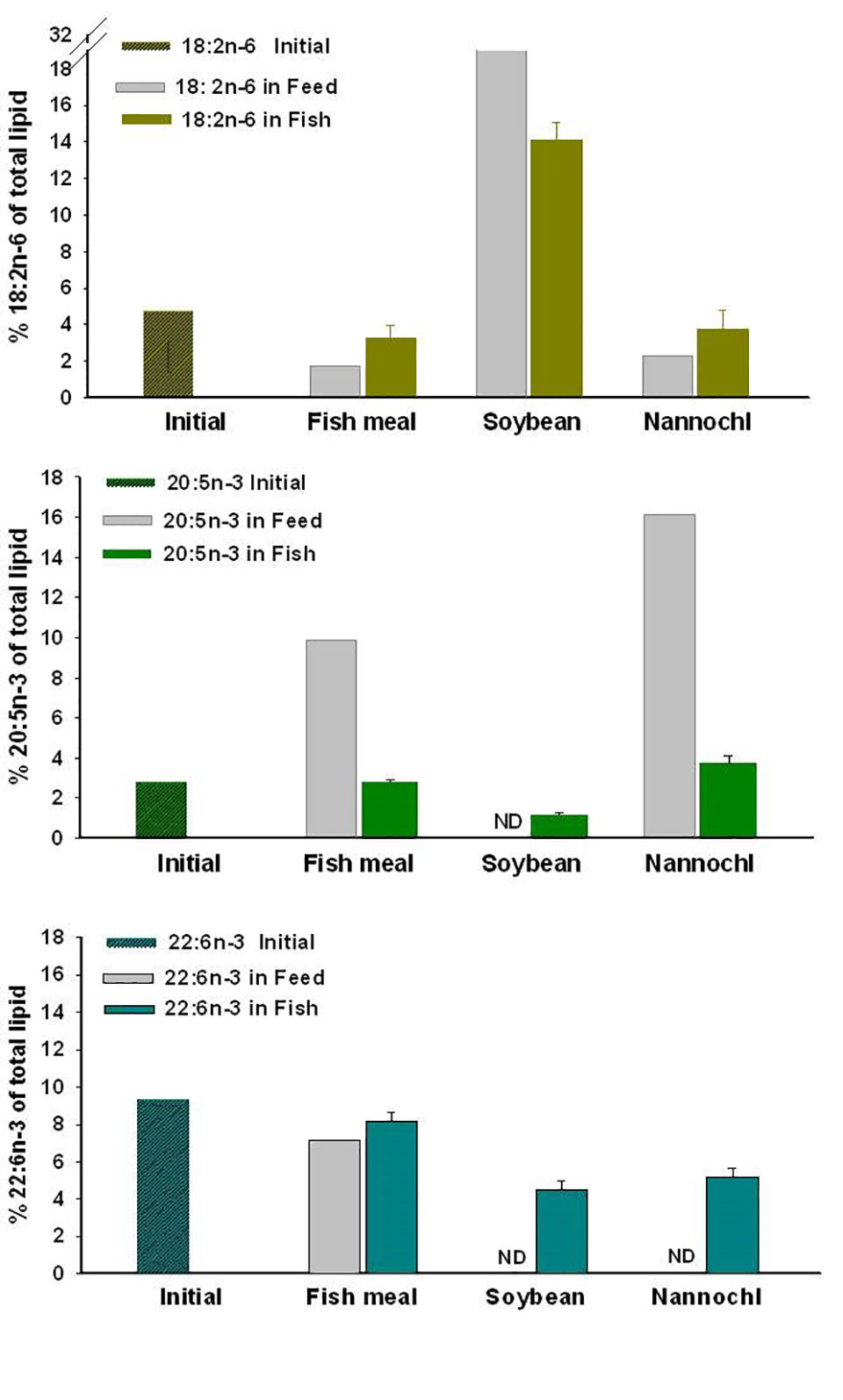
In all treatments, the fatty acid profile of fish bodies was influenced by the fatty acid composition of the diets. As indicated in Fig. 1, the linoleic acid content (18:omega-6) of fish when fed the soy oil diet increased considerably, whilst the EPA level in fish bodies was enhanced when fed on Nannochloropsis, even surpassing the fish fed fishmeal diets.
Perspectives
Nannochloropsis shows promising potential as both a protein and lipid source for aquafeeds due to its favorable protein and lipid content, as well as its high availability. Digestibility was not determined in Nannochloropsis, but the improved FCR compared to soybean suggests that the algal cell walls are not restricting the digestion process. This is in contrast to Chlorella, which has very tough cell walls, as demonstrated previously by the first author.
On the down side, Nannochloropsis does not contain DHA; consequently, a possible strategy might be to formulate feeds in combination with a DHA-rich source such as the heterotroph Schitzochytrium.
However, to prove the potential of algal products, several hurdles must be overcome, especially to demonstrate that their production on a commercial scale is both feasible and cost-effective.
Now that you've reached the end of the article ...
… please consider supporting GSA’s mission to advance responsible seafood practices through education, advocacy and third-party assurances. The Advocate aims to document the evolution of responsible seafood practices and share the expansive knowledge of our vast network of contributors.
By becoming a Global Seafood Alliance member, you’re ensuring that all of the pre-competitive work we do through member benefits, resources and events can continue. Individual membership costs just $50 a year.
Not a GSA member? Join us.
Authors
-
Ingrid Lupatsch, Ph.D.
Associated British Agriculture, UK
[109,111,99,46,105,114,103,97,98,97,64,104,99,115,116,97,112,117,76,46,100,105,114,103,110,73]
-
Oluyemi Gbadamosi
Postgraduate Student
Swansea University, UK
Tagged With
Related Posts
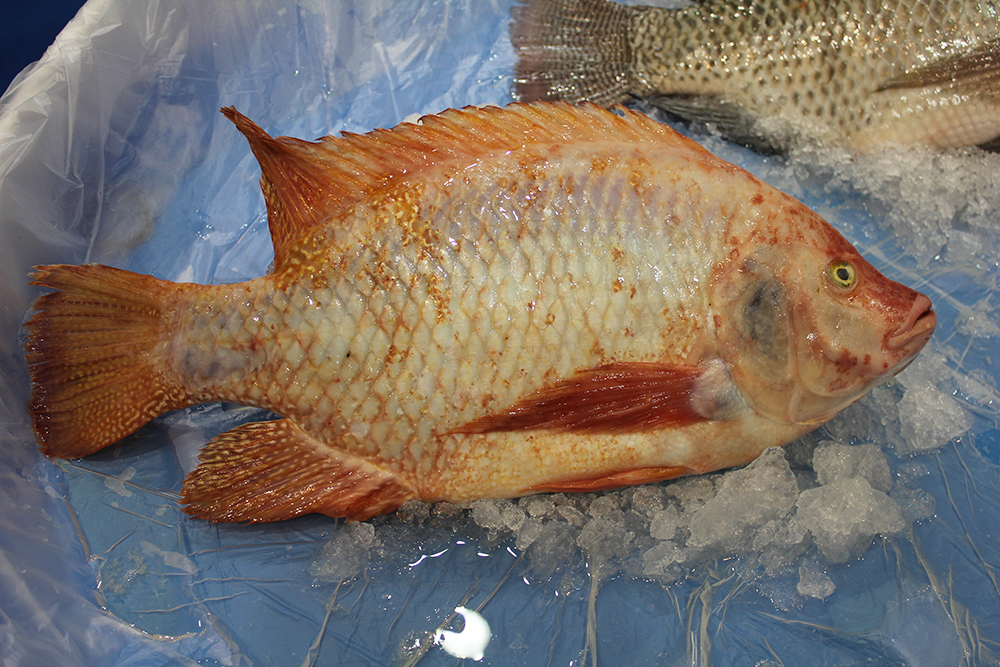
Intelligence
Adding value to tilapia to tap into U.S. market
New markets for tilapia and expansion of existing ones can be created by planning and implementing properly designed geographic strategies to meet discriminating consumer preferences. Low labor costs in most producing countries promotes value-adding by the production of fresh fillets.
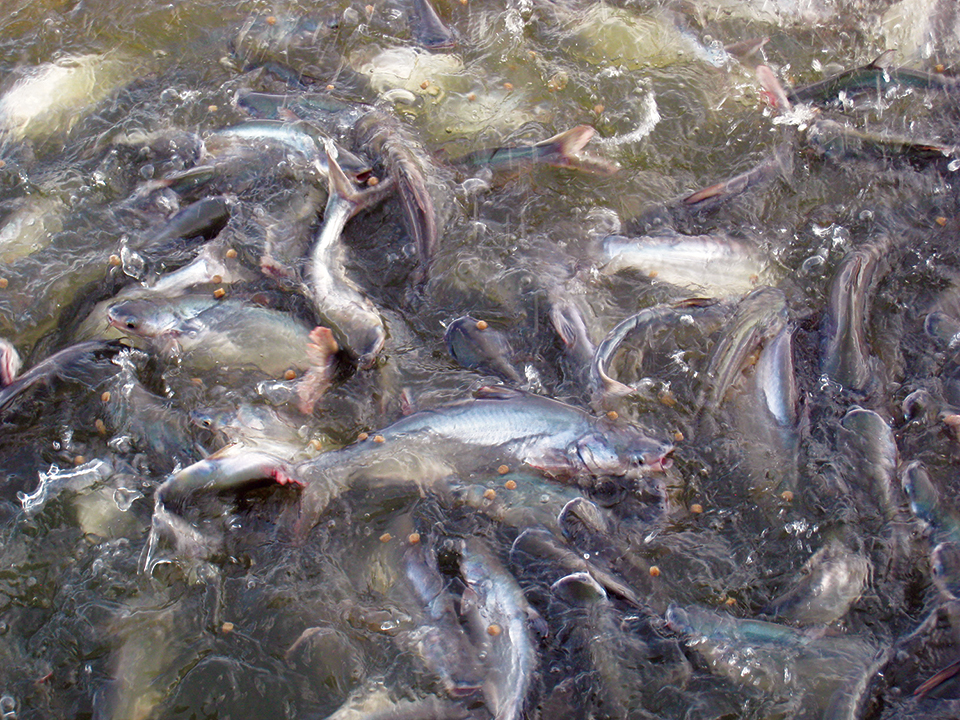
Health & Welfare
Amino acid supplementation reduces protein levels in pangasius diets
Trials show that supplementation with amino acids could reduce protein levels from a typical 28 percent to 23 percent in pangasius diets.
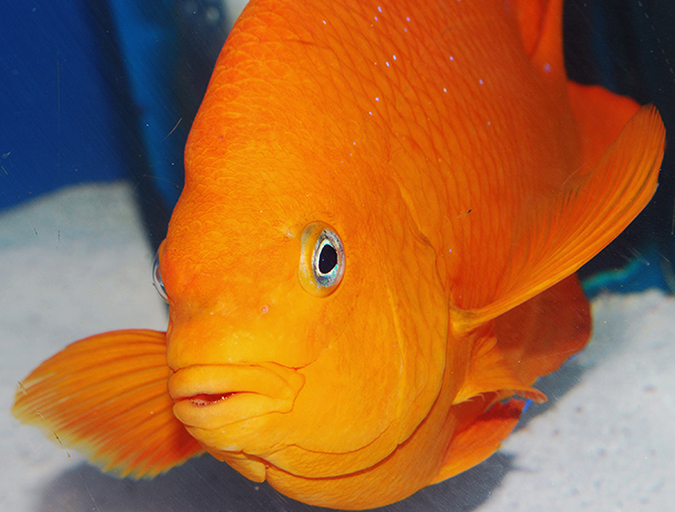
Aquafeeds
The importance of carotenoids in aquafeeds
Carotenoids are important pigments that contribute characteristic quality criteria for the marketing of aquaculture products. Aquatic animals cannot biosynthesize carotenoids de novo, hence their inclusion in aquafeeds is important because they are associated with various metabolic functions.

Aquafeeds
A look at phospholipids in aquafeeds
Phospholipids are the major constituents of cell membranes and are vital to the normal function of every cell and organ. The inclusion of phospholipids in aquafeeds ensures increased growth, better survival and stress resistance, and prevention of skeletal deformities of larval and juvenile stages of fish and shellfish species.



